Toddlers often bring joy and brightness into our lives with their endless curiosity and sweet innocence. Separation anxiety, a complicated emotion, typically takes center stage throughout this beautiful time of development. This strong bond with the parents might result in emotional goodbyes, sleep issues, and behavioral adjustments. In this article, we talk about separation anxiety in toddlers, tell you why it happens, show you signs to look for, and give ideas to help both the toddler and the parents.
The beginning of separation anxiety becomes a normal and frequently heartbreaking experience for parents and young children as toddlers explore the world around them. This emotional reaction, which is characterized by sadness when a kid is separated from their parents, is an expected stage of childhood development. To help both parents and children get through this time with care and help, it is important to know everything about toddler separation anxiety. In this article, we look into the topic of separation anxiety and provide information on its causes, symptoms, and useful ways to smooth transitions. This will help both parents and children to safely and understandably travel through this emotional phase.
1. The Essence of Separation Anxiety
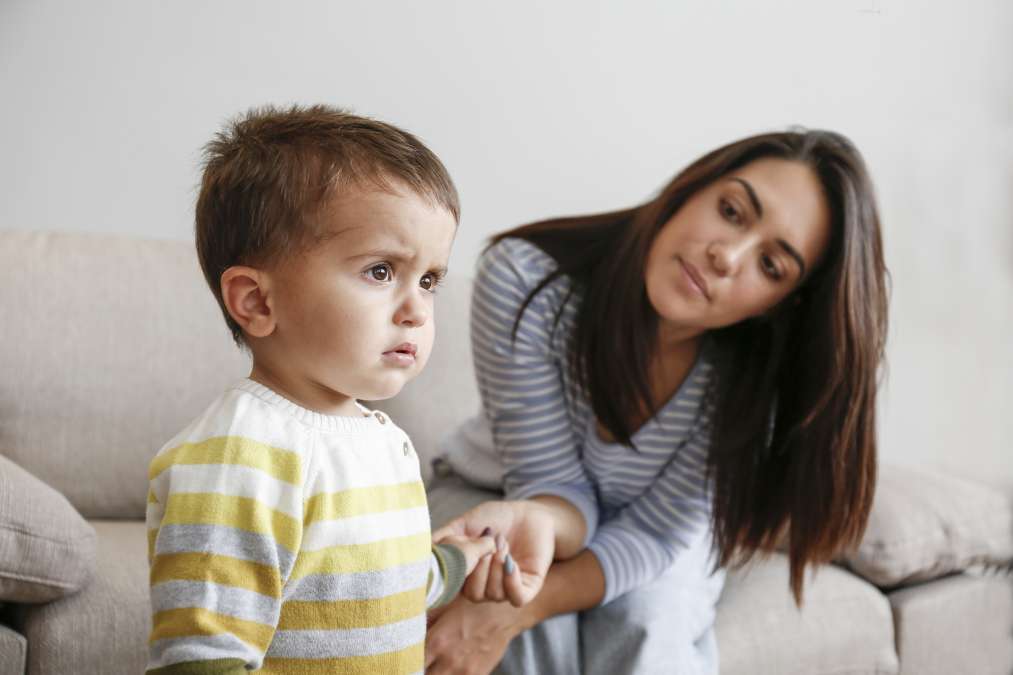
a. Unravelling the Emotion
Toddlers who feel separation anxiety from their parents experience discomfort when they are separated from them. They develop strong feelings as they become more aware of their surroundings, and when those bonds are momentarily broken, anxiety follows.
b. The Age of Onset
Usually starting between the ages of 8 and 18 months, separation anxiety peaks between 1 and 2 years of age. During this time, there is a rapid growth in social, emotional, and cognitive skills. This contributes to the increased intensity of the bond.
2. Signs of Separation Anxiety
a. Tearful Farewells
Tearful goodbyes are among the most visible symptoms of separation anxiety. Toddlers may cling to their parents, cry out if they are left behind, or become upset if the parents approach them.
b. Nighttime Wakefulness
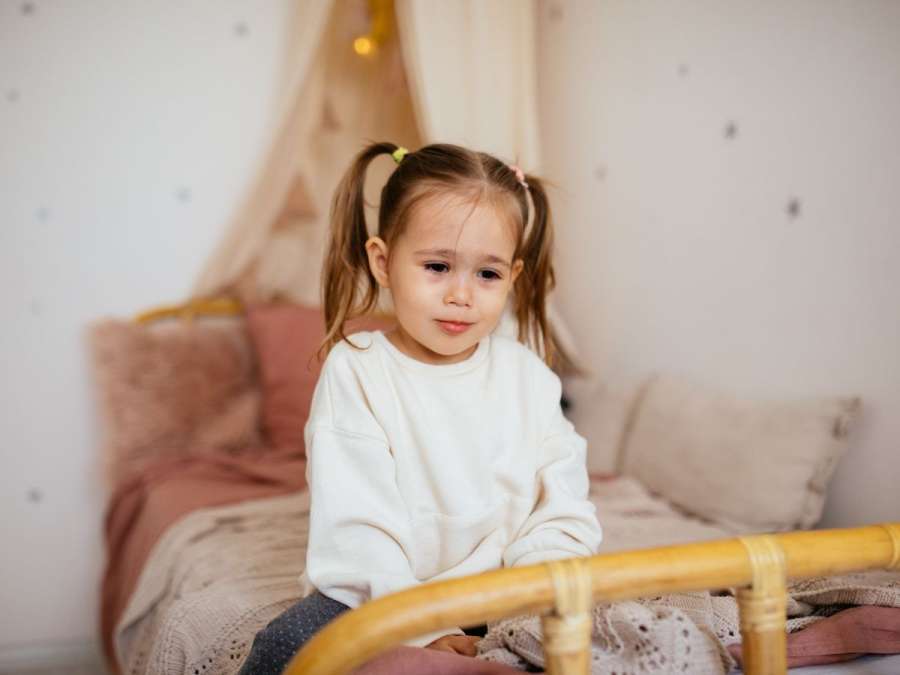
Separation anxiety can also appear before going to sleep. Previously sound-sleeping toddlers may wake up at night, looking for their parents’ presence.
c. Fear of Strangers
Toddlers feeling separation anxiety might be more careful around new people. When they are around people they have not spent much time with, they could become nervous or uneasy.
3. Causes and Triggers of Separation Anxiety
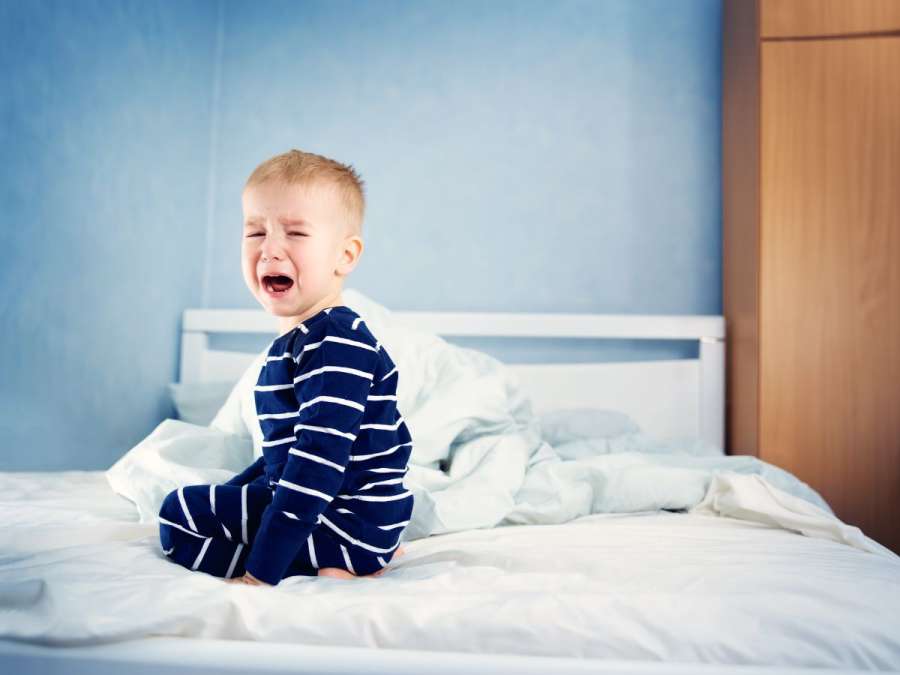
a. Cognitive and Emotional Development
Toddlers grow more conscious of separations as they learn how to understand the permanence of things. This then causes them to experience increased anxiety when their parents leave.
b. Strong Emotional Bonds
Separation anxiety has its origins in the relationship that toddlers develop with their parents. When the parent or caregiver is not around, the child reacts emotionally, which is influenced by the power of the attachment.
4. Strategies to Manage Separation Anxiety
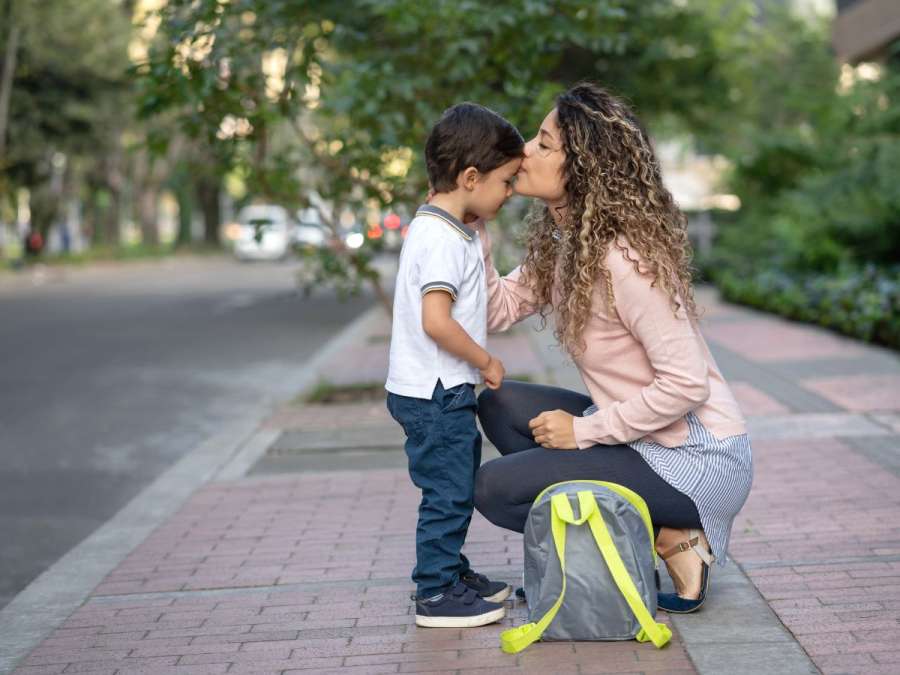
a. Gradual Separation
Practise short absences as you transition into separations. Short-term absences from the child with a dependable nanny or family member can be gradually increased as they get used to it.
b. Establishing Predictable Routines
Toddlers are prepared for separations according to a regular daily schedule. Knowing what will happen next gives stability and assurance, which lowers worry.
c. Transition Objects
Introduce comfort items that the youngster can cling to during separations, such as a favourite toy or blanket. When parents are not around, these transitional objects provide familiarity and connection.
d. Positive Goodbyes
Keep farewells short and sweet. Make it a habit to give them hugs, kisses, and assurances that you will be back. Avoid dragging out farewells because doing so may make the child more upset.
5. Communication and Empathy
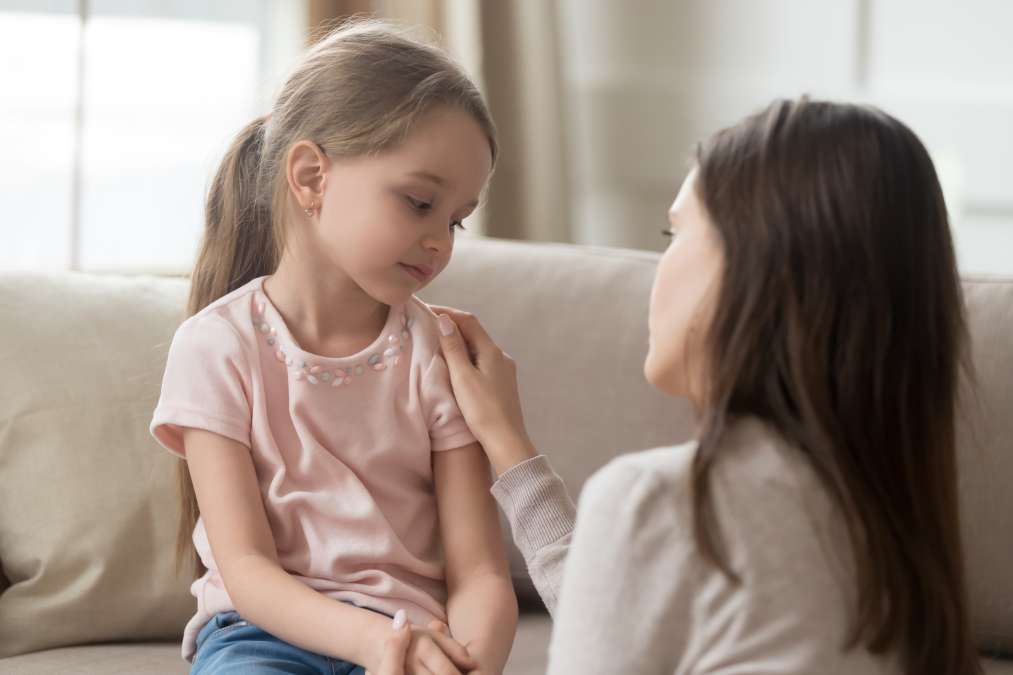
a. Acknowledge Their Feelings
Acknowledge the toddler’s fear in order to validate their feelings. They will feel acknowledged when you use words like “I know you are sad when I leave, but I’ll be back soon.”
b. Reassurance Through Communication
When you are apart, let them know when you will return and reassure them. Using the example above, you might add, “I’ll be back after your nap, and we will play together.
6. Encouraging independence
a. Play Independence Games
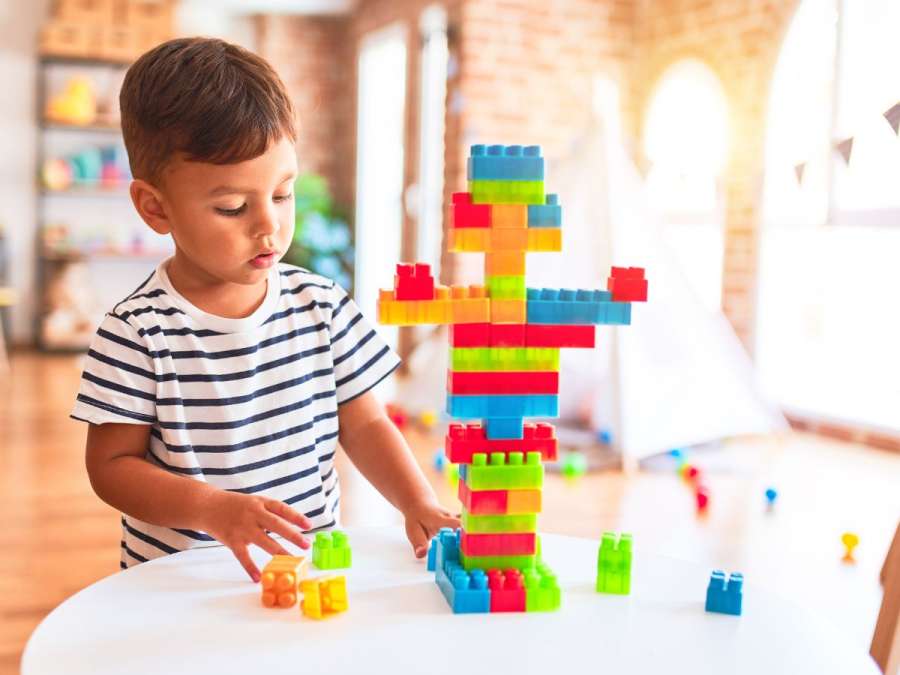
Play games that promote independence, such as hide-and-seek or peek-a-boo. These games help kids develop separation handling abilities.
b. Offer Choices
To give them more control, offer easy options. Ask them, “Would you like to wear the red or blue shirt today?” as an example. Anxiety reduces and a sense of control is developed.
7. Patience and Consistency

a. Time and Adaptation
Remember, separation anxiety does not last forever. The toddler’s anxiousness will eventually decrease as they get more secure and used to being separated.
b. Consistency
It is crucial to be consistent in how you react to separation. Building trust and security involves using the same procedures, communications, and methods again.
8. Seeking Professional Advice

a. Persistent Anxiety
Consider seeking advice and support from a paediatrician or child psychologist if separation anxiety becomes extreme, remains, or seriously interferes with everyday living.
The strong connection between toddlers and parents is evident in how separation anxiety affects them. Understanding its causes, identifying its symptoms, and setting transition-aiding measures into place can significantly reduce both parties’ stress. As toddlers face the world outside of their carers’ embrace, parents may help them develop emotional resilience, confidence, and independence. They can do this by being patient, empathic, and consistent as they guide them through this common phase.
